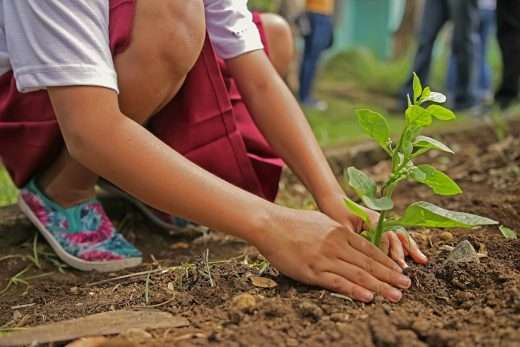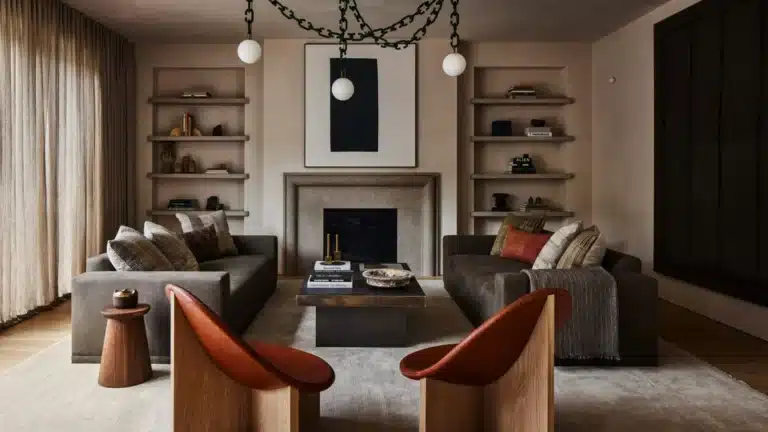Tips for choosing trees in the backyard
Tips for choosing trees in the backyard,
If you have a large area of arable land in your backyard, there are several factors to consider when deciding which trees to plant in your backyard.
-
Evaluate the growing area
The area of the planting area is critical when choosing a tree.
First, you must determine the width of the area in which you want to plant your tree,
and determine where to plant near a building, fence or other large plants.
If so, measure the proportional area that the tree can fill without restricting its growth.
Then take a look at the peak potential of the situation, if the power lines are hanging,
you’ll need to make sure the whole tree won’t touch it.
And might a mature tree send its limbs over your house? A tree that grows over a house rarely causes clouds,
but potential problems are often avoided by choosing a tree with a narrow growth habit.
Finally, think about where the tree will cast shadows.
Shade is usually welcome except near planting places, such as the kitchen garden, where full sun is desired.
Trees are grouped into two general categories of supported size.
Ornamental trees are generally small trees, up to 30 feet high and 10 to 20 feet wide.
Shade trees are large trees and usually grow 30 to 60 feet or more tall.

-
Provide a job description
Are you trying to find shade for your patio or outdoor play space?
Or do you want to check out a view or create a wind block?
Or does your landscape need more color in spring or fall?
Would one want to plant a tree that supports wildlife such as pollinators and birds?
In conclusion, you should make an inventory of what you would like your new tree to try to do in your landscape.
-
Match the conditions with the tree you will choose
Observing your own zone of attraction can help you narrow down your choices of trees that will winter in your area.
Then measure the size of the growing conditions in your planting site,
especially the amount of light it gets, the type of soil, and the normal amounts of moisture.
For example, some trees thrive in loose, sandy soils while others are best suited to heavy clay soils.
Many trees also require all-day sun for best growth and flowers in dappled shade.
You will either have to carefully choose a tree suitable for the prevailing conditions or do what will make it more suitable for the tree you wish to grow.
For example, you will amend the soil with compost to improve drainage and decide to discover a drip irrigation system if your tree will need more water than your area gets through rainfall.

-
Outdoor living
Often the most valuable trees are integral elements of outdoor living spaces,
where an overhanging oak patio surrounds the space with a lush roof.
Three evergreen coniferous trees, along the boundary line, will create a vivid privacy screen.
And remember, trees are often messy in and around your outdoor rooms,
so you’ll want to avoid any species known to drop tons of twigs, leaves, fruit or seeds.
You should also consider sidewalks and paths,
ensuring that you don’t create a situation where you always have to cut down stray branches.
Try to choose trees that get along well with you.

-
Keep winter in mind
If you want year-round privacy, an evergreen tree might be a more reasonable choice than a deciduous tree.
If cool summer shade is more important, choose a deciduous tree.






